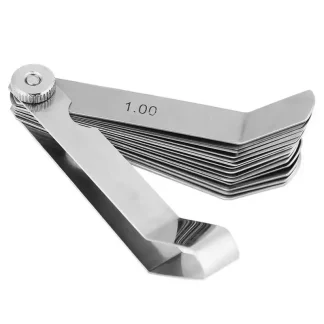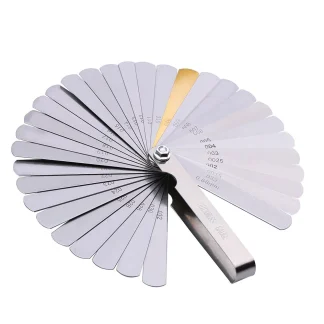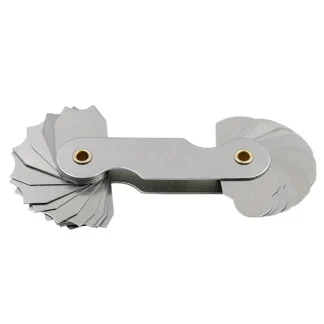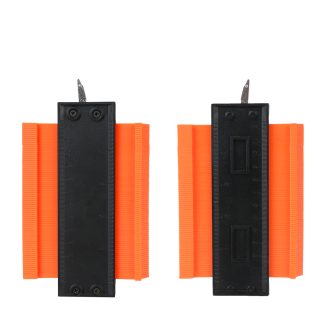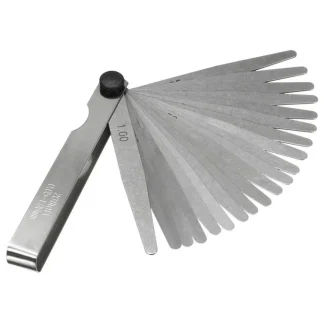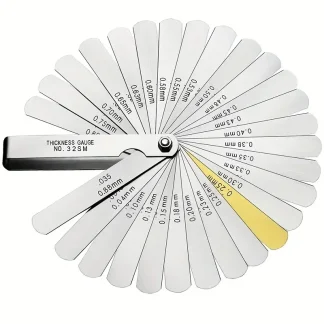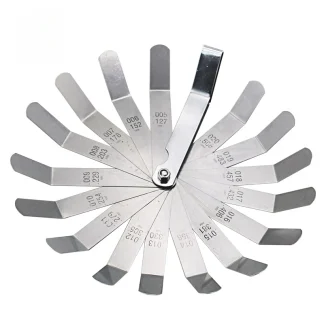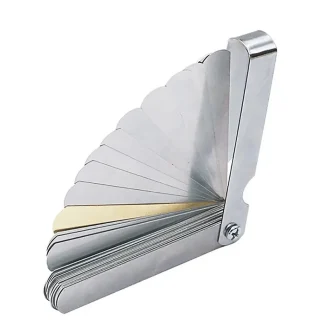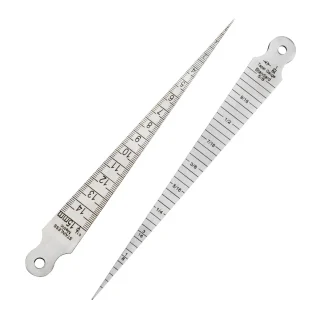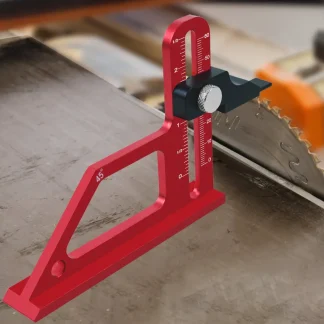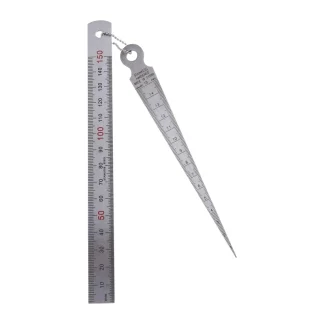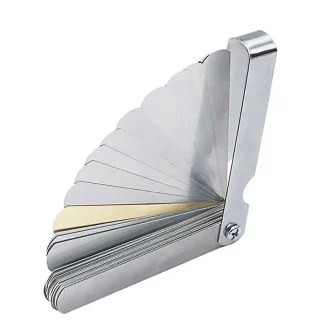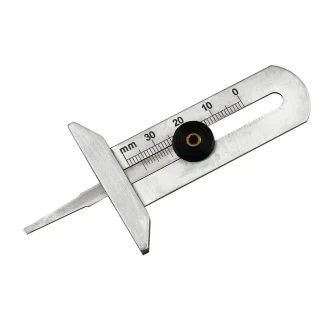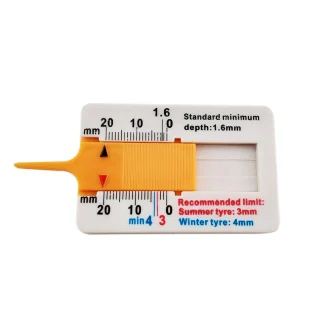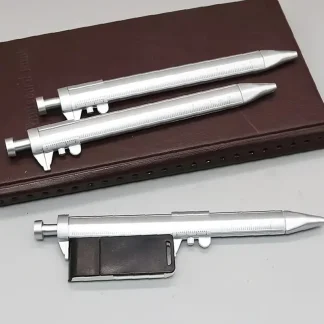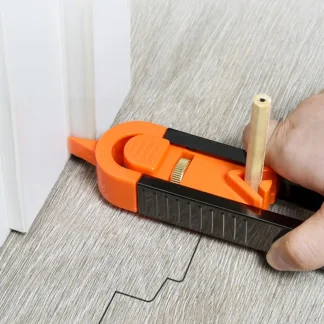Precision in Measurement: The Essential Role of Thickness Gauges
Discover the significance of thickness gauges, where precision meets practicality in a vital measurement tool. Designed to assess material with accuracy, these items offer a crucial solution for industries ranging from manufacturing to construction. Whether you're a professional engineer or a DIY enthusiast, these items are an indispensable instrument in your toolkit.
The Evolution of Thickness Gauges: From Basic Measurements to Advanced Technology
These products have a rich history, evolving from rudimentary measuring devices to sophisticated instruments capable of delivering precise readings. In their early forms, these pieces served a practical purpose: to determine of various materials for quality control and safety measures. Early designs were often simple, focusing on basic functionality rather than intricate design.
As technology advanced, so did the development of thickness gauges. By the mid-20th century, the need for more accurate and reliable measurements led to the introduction of electronic product. This innovation marked a significant shift, allowing for digital displays and enhanced measurement capabilities, making it easier for users to obtain and interpret readings.
In recent decades, these items have continued to evolve, incorporating modern technology and materials to improve performance. Today’s product are characterized by their versatility, with options available for measuring in a variety of materials, including metals, plastics, and composites. From compact handheld models to larger stationary systems, these products now offer a range of features tailored to diverse applications.
The Cultural Significance of Thickness Gauges
Thickness gauges hold cultural significance, symbolizing a commitment to quality and precision in various industries. In many sectors, reliable measurement tools are seen as essential for ensuring safety and compliance with regulations, reflecting a deep respect for craftsmanship and engineering standards.
In manufacturing and construction, these items are often associated with quality assurance and risk management. They are considered critical tools for assessing material integrity, making them indispensable for maintaining high industry standards. A well-maintained product not only enhances the quality of work but also serves as a testament to the professional integrity of its user.
Thickness gauges also play a role in fostering innovation and development. As industries evolve, the demand for precise measurements grows, driving advancements in product technology. This reflects broader trends in engineering and manufacturing, highlighting the importance of precision instruments in achieving progress and maintaining competitive advantage.
The Design and Features of Thickness Gauges
These options are known for their robust design and functional features. Common characteristics include a user-friendly interface, accurate measuring capabilities, and various measurement modes. These features ensure that users can effectively assess material in a variety of settings.
Traditional gauges often emphasize simplicity and durability, providing essential functionality without unnecessary complexity. These instruments are designed to withstand the rigors of industrial environments, ensuring reliable performance even under challenging conditions.
These options may include advanced features such as data storage, connectivity options, and multiple measurement settings. These innovations cater to contemporary needs, offering enhanced convenience and versatility while maintaining ease of use.
Innovations in Thickness Gauge Design
Recent innovations in thickness gauge design have opened up new possibilities for combining accuracy with user-friendly technology. Advances include the integration of wireless capabilities for data transfer, digital displays for improved readability, and automatic calibration features for enhanced reliability.
Customization has also become increasingly popular, allowing for tailored solutions that reflect specific industry needs. This trend ensures that each item can be adapted to suit particular applications, providing users with the flexibility to meet varying measurement requirements.
Sustainability is also a growing focus, with many contemporary thickness gauges designed with eco-friendly practices in mind. This reflects broader trends in responsible manufacturing, providing users with options that align with their environmental values without compromising on quality or performance.
The Future of Thickness Gauges
The future of these products are poised for ongoing innovation, personalization, and enhanced accuracy. Designers are exploring new technologies and materials to improve both the functionality and aesthetic appeal of these items, ensuring that they continue to meet the evolving needs of users across various sectors.
Customization will remain a key trend, with advancements in design allowing for greater individual expression. This reflects a growing demand for measurement tools that not only perform well but also align with the unique styles and preferences of their users.
As technology progresses, thickness gauges will likely incorporate features that enhance user experience while maintaining their core functions. The emphasis on accuracy, durability, and user-friendliness will ensure that these items remain essential tools for professionals and hobbyists alike.
Choosing the Right Thickness Gauge
Selecting these products involve considering factors such as measurement range, desired features, and specific applications. For more extensive and diverse applications, opt for these items with multiple measurement settings and advanced data capabilities to accommodate various materials.
The design and ergonomics of the thickness gauge should also align with your preferences and working conditions. Whether you prefer a compact handheld model for portability or a more robust stationary option for consistent use, these pieces can enhance your measurement capabilities, making it a valuable addition to your toolkit.
Confidence in your choice will enhance your effectiveness and precision in measurements, ensuring that these pieces serves as both a practical tool and an integral part of your work process. Embrace the functionality and reliability of these items and discover how they can elevate your measurement accuracy, providing the assurance needed for professional success.
Conclusion: The Enduring Value of Thickness Gauges
Thickness gauges embody the perfect blend of functionality and accuracy, offering essential solutions for measuring material across various industries. Their evolution from basic measuring tools to advanced instruments highlights their enduring value and relevance in the world of precision measurement.
By understanding their history, design features, and future trends, you can appreciate these items as more than just tools—they are symbols of innovation, quality, and professional dedication. Explore the world of these items and find the perfect instrument to enhance your measurement capabilities, reflecting both precision and reliability.
Whether for professional use or personal projects, a well-designed product offers unparalleled accuracy and functionality, ensuring that you can achieve the highest standards in your measurements. Embrace the timeless importance of these pieces and make them a trusted part of your measurement journey.
